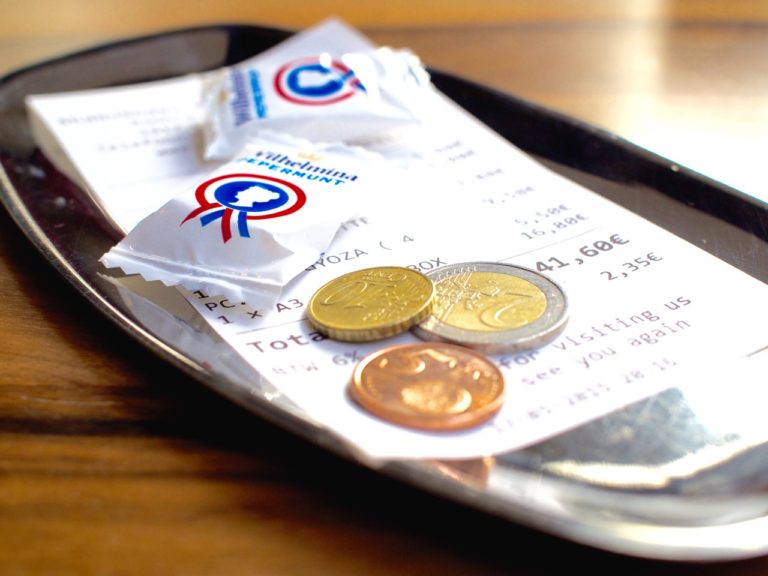The Best Airbnbs in Every Country in Europe
Planning on visiting the Old Continent in 2026? Good — you’re in for a treat. I’ve got a few suggestions from all over Europe. Well, at least the 27 countries I’ve managed to visit so far. Holiday apartments are a brilliant way to save on accommodation while getting a genuine taste of local life — think morning coffee in your own kitchen, laundry facilities after a long train ride, and the pleasure of wandering through neighborhoods where locals actually live. My picks are, for the most part, the normal kind — nothing too luxurious, nothing too frugal. Just that sweet spot of convenience, value, looks, and comfort. Everything you need for a truly memorable vacation.
Happy travels!
* All images courtesy of Airbnb
** All prices in $CAD
FRANCE – Eiffel Tower Airbnb
- Airbnb in Paris, France
- $150 per night
Imagine waking up to this view every morning! Of course, such a privilege comes at a premium; with rates going as high as $650 per night, not just anyone can afford to marvel at the Paris skyline while sipping on their morning café au lait. But it sure is an unforgettable experience!
Iceland – Luxury villa
- Luxury villa in Iceland
- $650 per night
Experience this ultra-modern, bold villas in the tranquil village of Akureyri in Northern Iceland, with nature at your doorstep. This is an excellent option year round, as you can both enjoy the midnight sun in the summertime as well as the aurora borealis in the wintertime – as you know, Iceland is always a good idea.
Ireland – Restored church in Galway
- Church in Ireland
- $150 per night
Experience life in a 200-year old restored church just a few minutes from lively Galway, on the scenic western coast of Ireland. Although the church is equipped with every modern amenity, it’s also kept many of its original features – definitely an unforgettable, unique adventure!
Cinque Terre, Italy
- Airbnb in Cinque Terre
- $128 per night
Quite possibly the best balcony in Italy! The apartment is small but frankly this is not the main selling point here, as the romantic terrace overlooks the village of Corniglia in Italy’s legendary Cinque Terre.
Norway – Sognefjord Airbnb
- Cabin in the Norway fjords
- $350 per night
This old thing? Just a fabulous cabin by one of Norway’s most famous fjords. Perfect for hikers and boat enthusiasts – as for me, I will just enjoy a chilled glass of white wine on that lovely waterfront terrace, thank you very much.
Scotland
- Waterside cabin on the Isle of Skye
- $118 per night
A luxury self-catering studio for two on the edge of a bird sanctuary with stunning views of Beinn na Caillich mountain, this bijou Airbnb is close to many Skye attractions as well as a number of shops. The power shower, the cosy fireplace as well as the downright idyllic setting make it a top accommodation of the Isle of Skye. I stayed there myself and had a wonderful time; Fiona is a lovely host.
Scotland – Wigtown Bookstore Airbnb
- The best Airbnb in Scotland
- $55 per night
Bookworms of the world, rejoice: this amazing Airbnb features not only a flat but most importantly the first ever bookshop holiday/residency experience at The Open Book, a charming bookshop in the heart of Scotland’s National Book Town, Wigtown. Meet fellow book lovers and learn everything there is to know about Scottish literature with the help of friendly locals.
Switzerland – Après-ski cabin
- Luxury chalet in the Alps
- $191 per night
Whether you’re in it for the ski or the après-ski, this beautiful luxury chalet in the French Alps (just a few kilometres from a ski resort) features an unusually high cathedral ceiling as well as a wood-burning fireplace – the perfect backdrop for a well-deserved cheese fondue. When in Rome, right?
- https://www.airbnb.com/rooms/49372736
- https://www.airbnb.co.uk/rooms/283638
- https://www.airbnb.co.uk/rooms/49374597
- https://www.airbnb.co.uk/rooms/34444025
- https://www.airbnb.co.uk/rooms/18132082
- https://www.airbnb.com.au/rooms/36105750















